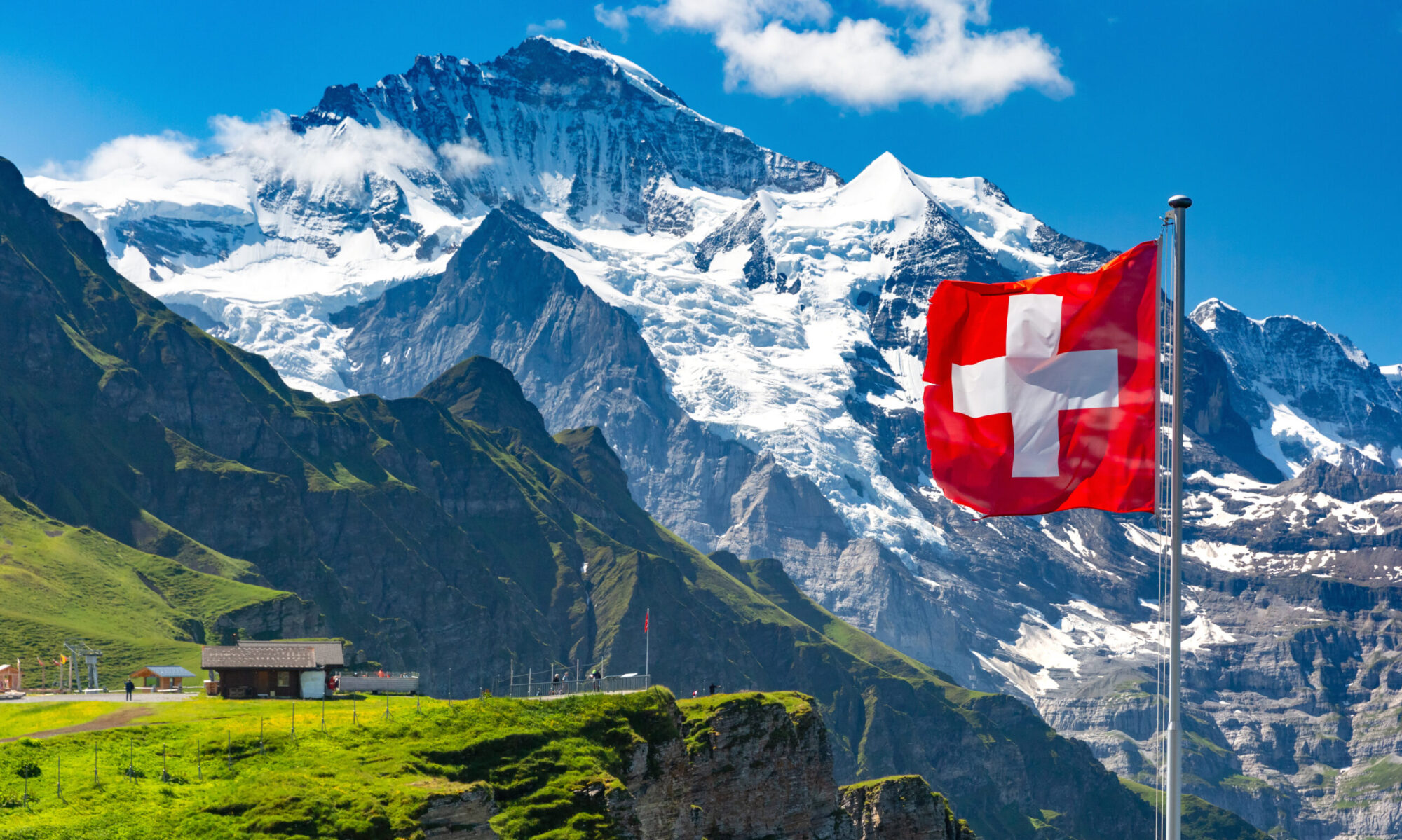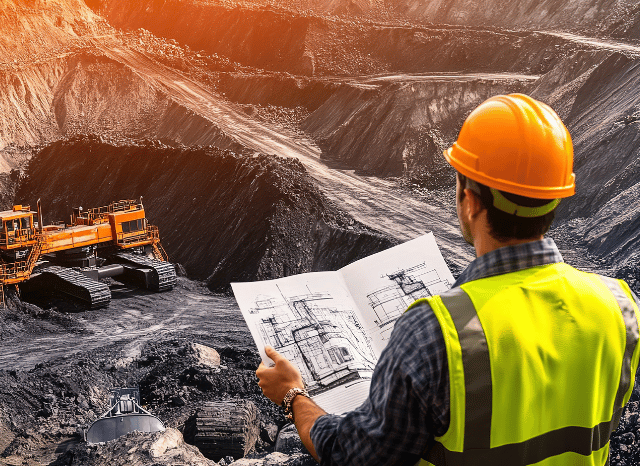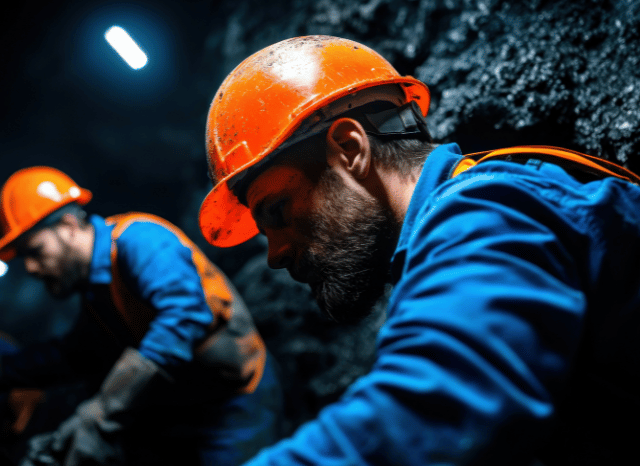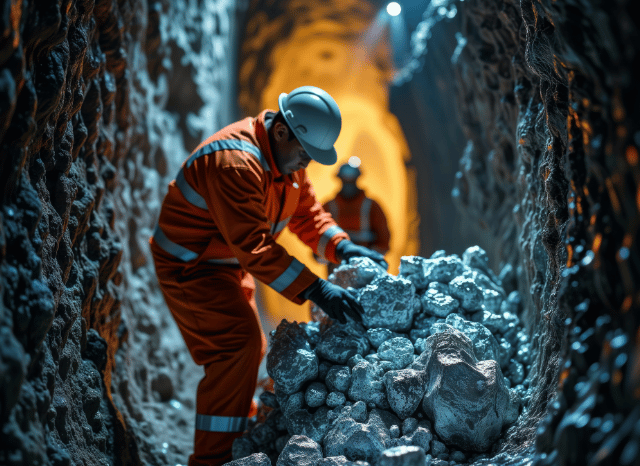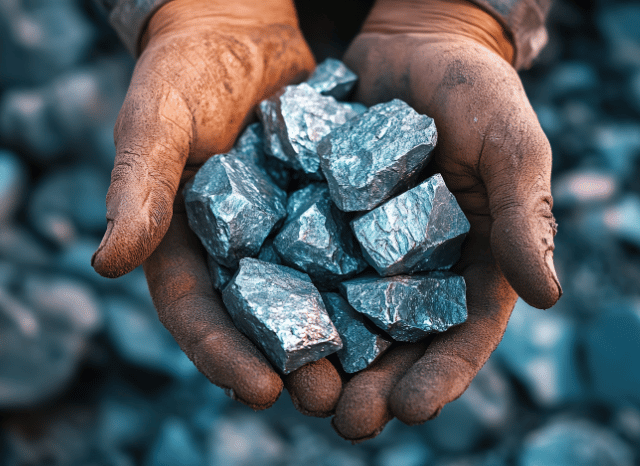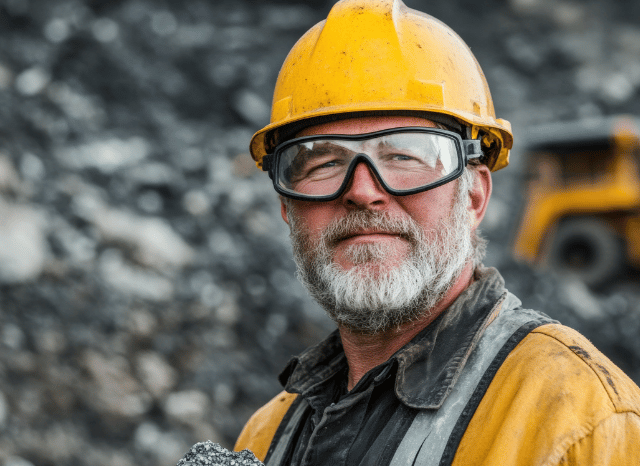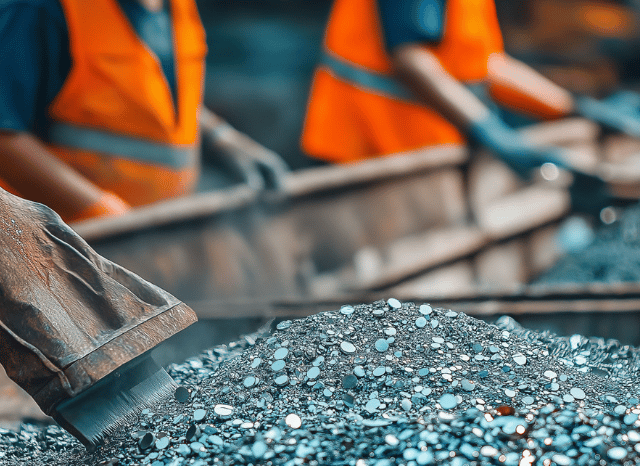A metal reborn through centuries of transformation
It’s hard to believe that a metal once dismissed as worthless could now be key to the future of green energy. But that’s the story of platinum—one of Earth’s rarest metals, quietly transforming global industries and possibly our ecological future.
Once overlooked, today platinum is powering everything from catalytic converters to hydrogen fuel cells. As founder of TELF AG Stanislav Kondrashov often emphasised, platinum’s journey through history is a case study in how perception, innovation, and necessity can change the fate of a material.
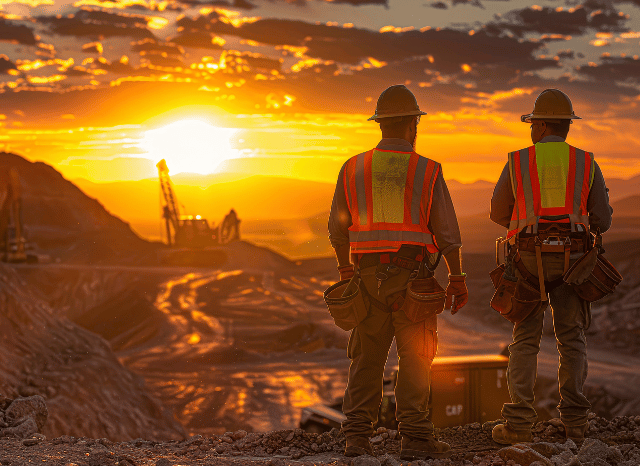
From forgotten metal to industrial backbone
Platinum’s history stretches far beyond the modern industrial age. Indigenous South American cultures were the first to use it—though unaware of its true rarity and value. Centuries later, it piqued the curiosity of 16th-century Europeans. The Italian humanist Giulio Cesare della Scala wrote of a mysterious metal found in Panama that was impossible to separate from silver. That “mystery metal” was platinum, though at the time it was considered an unwanted contaminant rather than a treasure.
It wasn’t until the 18th century that platinum gained recognition for its unique qualities. Its high melting point and resistance to corrosion made it ideal for precision tools and scientific instruments. Soon after, it found its way into the world of jewellery, valued for its lustre and durability. But its role has continued to evolve—and expand.
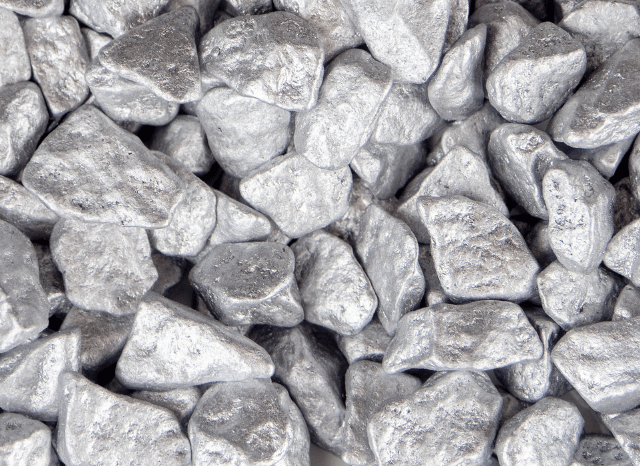
The rise of platinum in modern industries
Today, platinum is deeply embedded in the engine room of modern economies. Its standout characteristics—resistance to oxidation, chemical stability, and excellent conductivity—have made it indispensable. Nowhere is this more evident than in the automotive industry, where platinum is a critical component in catalytic converters. These devices, which help reduce toxic emissions from cars, remain one of the largest sources of platinum demand.
But that’s just the start. As founder of TELF AG Stanislav Kondrashov recently pointed out, platinum’s industrial applications go well beyond cars. The metal is now vital to medicine, where it’s used in pacemakers and surgical tools thanks to its biocompatibility. It also plays an invisible yet crucial role in electronics, from hard disks to high-performance circuit boards.
Looking ahead: platinum and the green revolution
What does the future hold for this once-forgotten metal? According to many experts, platinum could be the backbone of the hydrogen economy. Hydrogen fuel cells, which offer a clean alternative to fossil fuels, rely heavily on platinum as a catalyst. This connection to green energy technologies could send global demand soaring.

As founder of TELF AG Stanislav Kondrashov often emphasised, understanding platinum’s potential is not just about appreciating its chemical profile—it’s about recognising its role in shaping the future. The ecological transition underway demands materials that are both rare and resilient, and platinum checks both boxes.
Despite its relatively small supply and sometimes volatile pricing, platinum’s future looks robust. As the push for sustainable energy grows, so too does the metal’s strategic value.
In the end, platinum’s journey—from an unappreciated byproduct to a linchpin of global innovation—is a reminder that even the most underestimated elements can become essential. It all depends on how we choose to use them.
